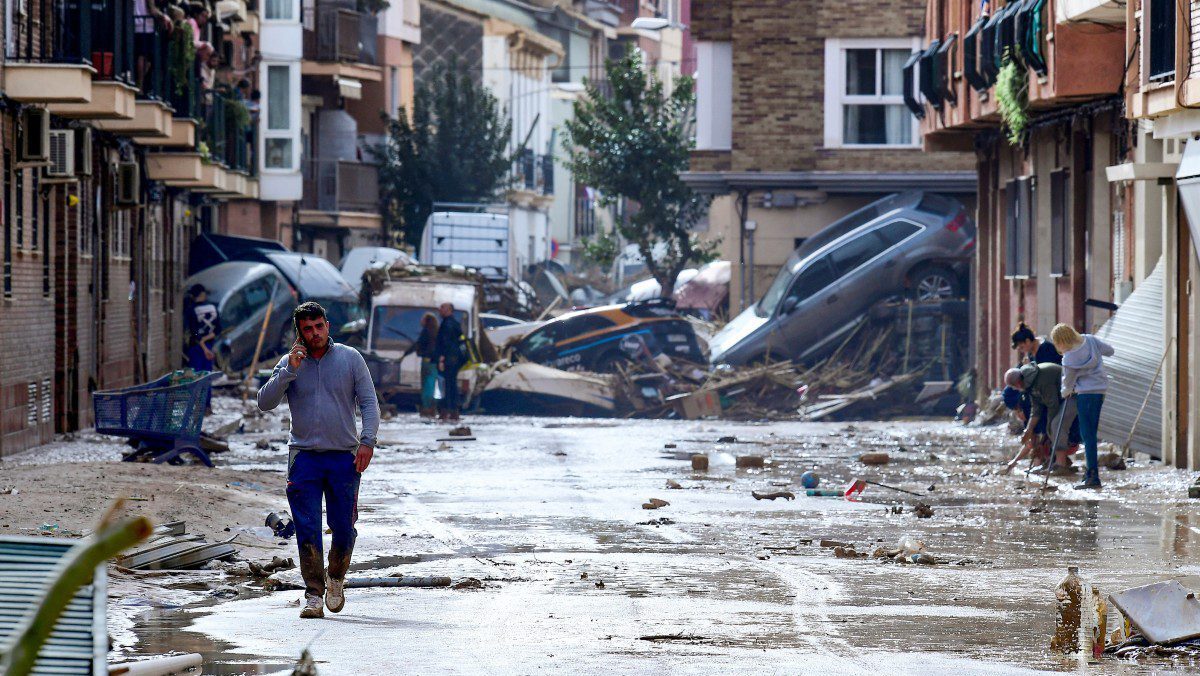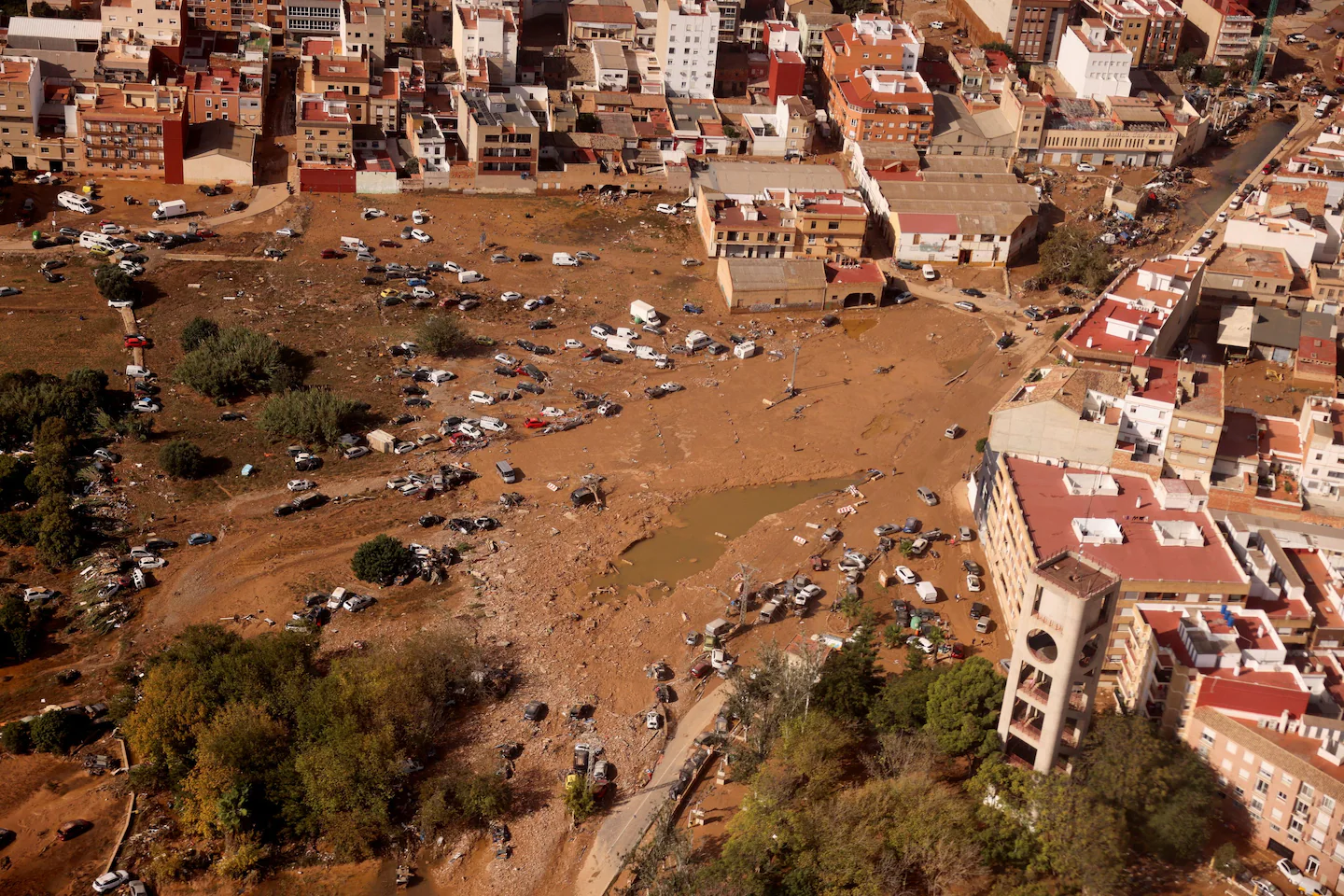Spain has intensified its response to the devastating floods that swept through Valencia and nearby regions by deploying an additional 5,000 soldiers and 5,000 police officers. The catastrophe, which claimed over 200 lives, is now regarded as Spain’s deadliest natural disaster in recent memory. Prime Minister Pedro Sánchez announced the new reinforcements on Saturday to bolster rescue and recovery efforts.
The floods have left a toll of 205 confirmed deaths, with the majority in Valencia and a few fatalities reported in Castilla La Mancha and Andalusia. Rescue and recovery teams are racing to find survivors and recover bodies in what has become an overwhelming national tragedy.
Four days after the flash floods, rescue teams are still combing through damaged areas, searching for victims in overturned cars and flooded buildings. Torrents of water tore through towns, displacing residents and obliterating structures. Although more than 200 bodies have been recovered, many remain missing, and rescuers continue to sift through debris in a race against time.
Thousands of volunteers have joined forces with emergency teams to clean the mud-choked streets, homes, and businesses in Valencia’s hardest-hit communities, working tirelessly to restore some semblance of normalcy amid the widespread destruction.
Military personnel are working alongside 2,500 Civil Guard officers and nearly 1,800 national police officers in the rescue and relief operations, reflecting the massive scale of the effort. Civil Guard teams alone have conducted over 4,500 rescues during the flooding, underscoring the unprecedented severity of the situation.

Spain Mobilizes Massive Response to Deadly Floods as Valencia Struggles with Devastation
With thick mud and debris covering roads and public areas, responders are focusing on clearing paths, restoring essential services, and coordinating assistance to provide immediate relief to affected residents. Their mission is complicated by the extensive mud layers and structural damages that remain obstacles in the ongoing cleanup.
The severity of the floods was compounded by Spain’s nearly two-year drought, which had hardened the soil, preventing it from absorbing the sudden deluge of rain. This event has now overshadowed the tragic floods of 1996, when a flash flood in Biescas claimed 87 lives.
Recent satellite images reveal the extent of the damage, with Valencia transformed by swollen waterways and mud-covered infrastructure. The V-33 highway, a major route, was entirely submerged in brown sludge, symbolizing the sheer force of the waters that tore through the city and its surrounding areas.
Valencia residents, facing shortages of essentials and significant cleanup challenges, have been vocal about the need for greater assistance. Emilio Cuartero, a resident of Massanassa on the outskirts of Valencia, described the scene as “a disaster” and expressed frustration over the limited help on the ground.
He called for additional resources, such as heavy machinery, cranes, and basic supplies like bread and water. As local authorities and volunteers tackle the overwhelming scale of the recovery, communities are rallying for support to rebuild from the devastating impacts of one of Spain’s most severe natural disasters.











































